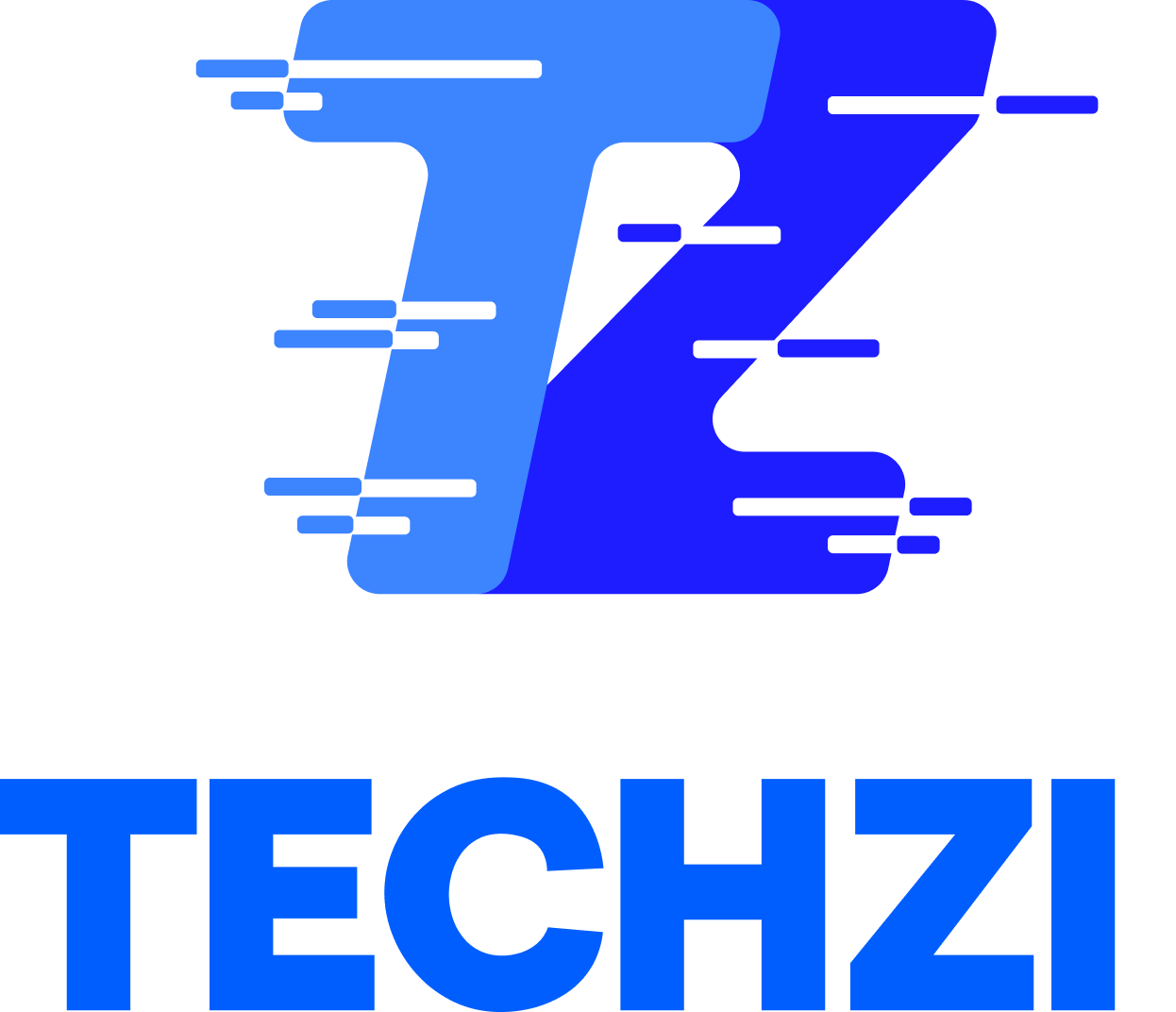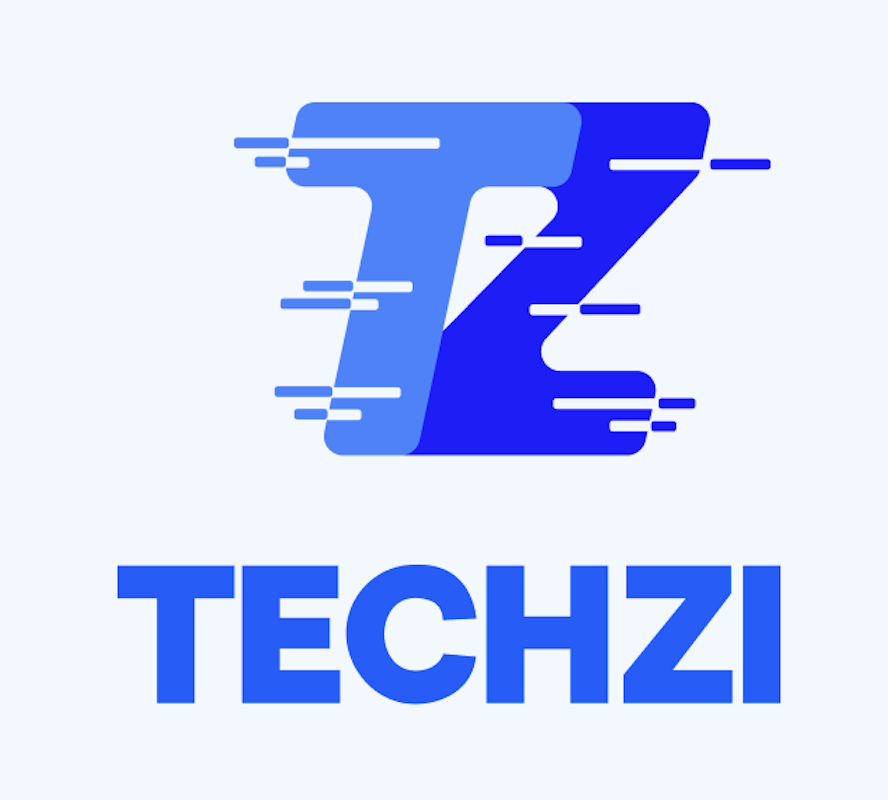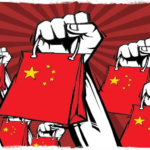This article was written by Ken Leaver who comes from a product & commercial background. He has founded multiple companies and held senior product positions at SEA tech companies like Lazada and Pomelo Fashion.
Ken runs his own agency that helps early stage companies execute faster and cheaper. Check out his linkedin at: https://www.linkedin.com/in/kenleaver/
Guest Author: Ken Leaver
One of my favorite product thinkers these days is Lane Patrick Shackleton, CPO of Coda. I discovered him on a Lenny’s podcast interview a number of months back and have been following his substack and X.com posts ever since.
Perhaps what I like most is how he is applying some similar principles to me, but in more of a scaled startup setting.
Whereas I am applying them at a smaller scale in earlier stage startups.
In this video below at the 23:00 mark he talks about a system that he uses where they systematically decide who wants to be involved in which decisions.
Prior to that they were often involving almost all stakeholders in all decisions and this had three negative impacts:
- it was very slow because you needed to gather everyone so it was harder to schedule
- the more people you had in the room, the harder it was to arrive at a consensus
- it ate up people’s time on decisions they did not even want to be involved in
Then they changed the system so that there was a list of decisions and folks could systematically decide which decisions they wanted to be involved in. This board below is an example of how they do it.

What they learned is that many folks ended up not wanting to be involved in many of the decisions that they were invited to participate in meetings for. Rather perhaps they just wanted to know what was decided.
So now the meetings were with less people who actually cared a lot about the decision.
And so everyone saved a lot of time by participating in less meetings plus the decisions were made faster and more efficiently.
I absolutely love this and I think I achieve something very similar with my system.
So today i’m going to talk about how decisions are made in my system.

A recap on how my system works
I like to call my system “Everything is a task”. Basically literally anything anyone does that takes at least ten minutes is captured as a task in Clickup.
Every Clickup task has a context and goal, an assignee, a due date, a status, and followers.
Any work that anyone does should be reflected as an update to a task, eg. a comment like “I did xyz.”
Also, and this is important, everyone is clearing their Clickup inbox at least once a day and often 2-3x.
Why? This ensures that there is a cycle of rapid feedback. You essentially know that everyone following your card will see the update within 24 hours and typically much faster than that.

How decisions are made in my system
Even decisions are captured as tasks and the relevant stakeholders are added as followers.
I typically add in anyone that I think is relevant and I lean towards adding more people rather than less.
Then I put in a due date on the decision and folks chime in with opinions as new threads on the Clickup task. Also they respond to others’ threads.
Finally, whoever opened the decision card and is responsible for the decision closes it at the due date and makes the decision.
What tends to happen is that not everyone that is following the task chimes in. But you can safely assume that if they didn’t chime in that they are ok with whatever decision is made.
And if they come back later to question a decision that they were following then it is their fault for not having chimed in when they had a chance.

This ends up being an extremely efficient way of decision-making
When you do things this way you can make tons of decisions very quickly while still keeping all relevant stakeholders in the loop and aligned.
And sure… sometimes you need to do a call because it’s very complex. But I generally find that this is the minority of decisions… perhaps about <20%.
Most decisions can be taken on the fly in the way I described above if you give a leadtime of at least 4-5 days.
Meaning you create the card 4-5 days before the decision is made in order to give ample time for hashing it out on the threads.
Closing thoughts
I consider the way that decisions are made in this system I describe above to be the most efficient way of making decisions I have ever been a part of.
And you empower anyone in your entire organisation to drive decision-making in their area and get inputs quickly.
Which tends to be much more motivating for them because they feel a lot more ownership.
Compare this to how they typically need to do it… they try to schedule a meeting. Perhaps the only slot they can get in the calendar of the more senior folks is a couple weeks away.
Then when the meeting finally happens a couple of the stakeholders realize they didn’t even need to be in the meeting because they don’t care that much about the topic.
And because there are ten people in the meeting they end up going on various tangents and a decision is not even made.
Tons of waste.
There is a better way.









